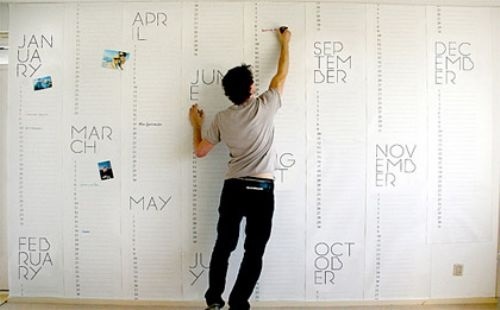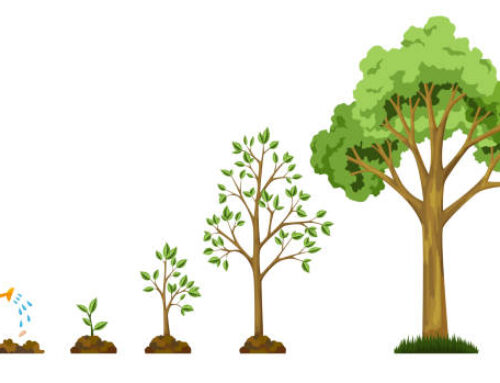An HR Planning Calendar
Shawnee Love •
December 11, 2013
Tis not just the time of year for cheer, it is also a time of year for reflection and planning. If you are taking a look back over the year to assess whether you have accomplished what you set out to, chances are you are also looking forward to establish what needs to be done in the upcoming year. On that note, consider establishing a planning calendar.
A planning calendar is unsurprisingly, a month by month record of the key events and deliverables you want to accomplish. I prefer mine to be visual, i.e., a wall map of the months with brightly coloured milestones and deliverables marked. In fact, mine looks a bit like it would fit in at a kindergarten class but making it eye catching means I will notice it and thus remember to stay on track which is what I need it for.
If you are building an HR calendar, start with your required dates and activities:
- Statutory Holidays
- Paydays
- T4’s
- Dates mandated by policy, law and collective agreements
Next, include your standard functions and activities. These are the regular and recurring HR things you do each year such as:
- Parties & Events (Christmas, Summer BBQ, Golf Tournies, etc.)
- Community & Volunteer Events (Team Races or Competitions, Group Volunteering, etc.)
- Performance reviews (assuming you do them all at the same time and not ad hoc)
- Salary/ Wage increases
- Bonuses
- Closures and Shutdowns (e.g., for maintenance and repairs)
- Audits (e.g., ISO, health & safety, etc.)
- Development and/or Succession Planning Meetings
- Seasonal Recruiting
- Company Orientation Sessions (some companies run sessions for large groups at scheduled times throughout the year)
Once you have the regular HR rhythm mapped out, next it is time to contemplate your goals for the year. If you are making increasing employee engagement a priority, then you and your team will want to get together to brainstorm and distill measurable methods of fostering engagement. Now map those onto your calendar.
For example, you may plan on doing your first employee engagement survey this year. Slot that into your calendar.
You may also decide that the results of that survey must be shared within 1 month of the survey being completed. Subsequently, a plan for how to address the low hanging fruit and action the bigger themes arising in the engagement survey must be completed within 3 months of the survey being completed. Map those on the calendar as well.
In this process you will quickly notice your calendar filling up and a plan being formed. The result is a visual of what’s on each month and week which should help to keep you on track, communicate where you are at to others, and set reasonable expectations about what to expect. This is assuming you follow through of course, but if you have been thoughtful in your planning calendar, you are well prepared to make it all happen.
If you have a planning tool you’d like to share, please add your comments.
Happy New Year!





